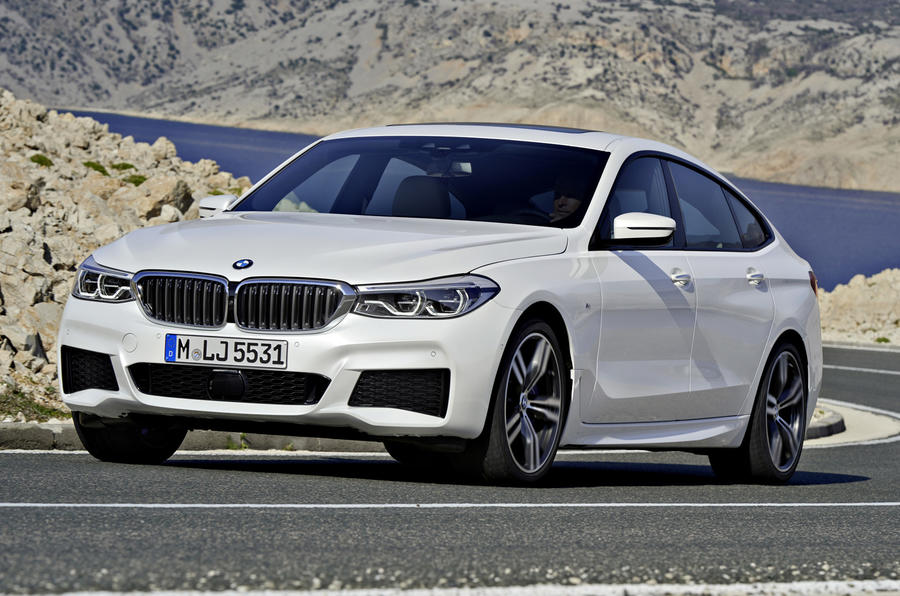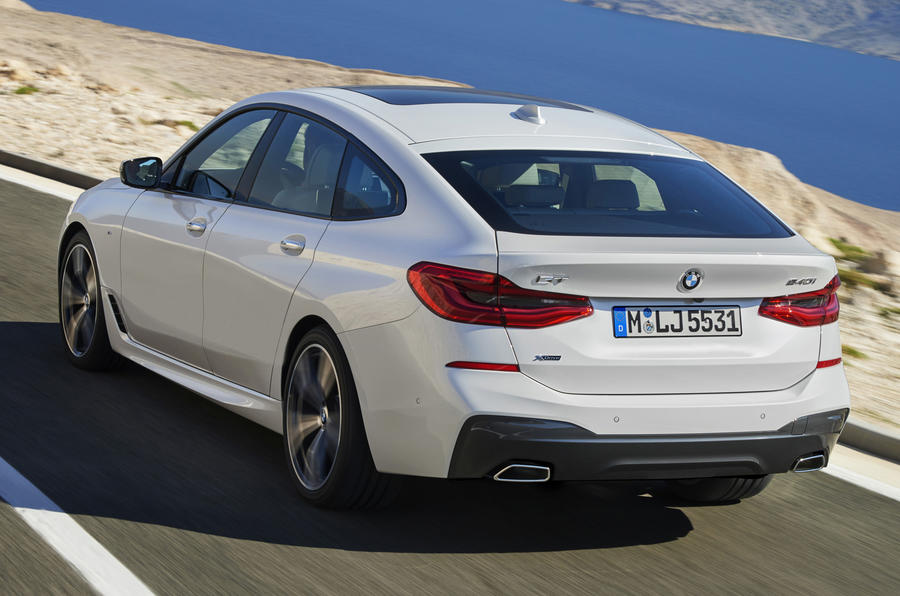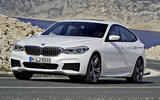What is it?
This car replaces the 5 Series GT, a large five-door hatchback that – to Western eyes, at least - was one of BMW’s less happy models. This new Gran Turismo has joined BMW a new model grouping as a 6 Series and has been redesigned, taking into account customers’ views of the 5 GT's good points and what project boss Claus-Otto Griebel tactfully calls its "less good points". More of which shortly.
The 6 GT rides on the same wheelbase as the latest 7 Series and has grown 8cm in length, most of this devoted to a boot that was one of the previous car’s less good points. Its roofline is 2cm lower and the rear deck lid sits 6cm lower. That realigned tailgate is intended to tackle another ‘less good’ feature, which was the appearance of the 5 GT’s generously dimensioned back end. You still wouldn’t call it slender, but it looks less like a wall of steel when you’re following it. BMW has also ditched the complicated boot-cum-tailgate arrangement and ingeniously built the electric hatchback struts into the tailgate itself, usefully widening the load bay’s mouth.
Despite the lowered roofline, the raised seating position of the 5 GT remains – it’s 6cm higher than in a 5 Series saloon and is a feature liked by buyers, along with the ample cabin space and driving comfort. Rear head room is unaffected despite the sleeker roof. Besides the styling, improving the handling was another priority for the new generation of this slightly curious machine, with Griebel implying that the task of making it corner like a BMW was considered a satisfying challenge by the chassis department.
Their mission was eased by an average weight reduction of 150kg across the range and suspension systems that are a mix of the latest 7 and 5 Series hardware. This can include four air springs rather than the standard rear self-levellers, active roll control and four-wheel steering. A lift-reducing active boot spoiler contributes to high-speed stability, while further aerodynamic refinements include active radiator grille flaps, a front air curtain and turbulence-calming air breathers for the front wheels. The result is a drag coefficient that tumbles to an impressive 0.25 from 0.29.
The UK engine line-up is pretty simple, consisting of a 255bhp 630i petrol, a 335bhp xDrive all-wheel-drive 640i and a 261bhp 630d, all fitted with an eight-speed paddle-shift automatic transmission. 









































Join the debate
Add your comment
I can see the point of these GTs
For those who say they can't see the point of the GTs over a touring have obviously never sat in the back of one.
We looked at a 3GT before getting our touring. The fit and especially size of the GT was noticably better than the touring. The main reason for getting a touring was a dealer having a car in almost-perfect spec stock and eager to do a deal.
The 5GT never did it for me however I'd consider this one over a 5 touring next time.
I'm not sure BMW build quality is that great - my two recent ones have had more issues than a Lotus I recently ran and the new one has had more problems in 6 months than my Subaru had in 13 years. However, we live 200m from a dealer. I'm not sure I'd run one outside warrenty. The same goes though for all the German brands. Unfortunately the Japanese don't make powerful, petrol, AWD estate cars
6 series shooting brake?
Not sure why they made this instead of a 6 series shooting brake because the current model would look sublime in that form.
Flyby
Clearly missed the point there didn’t you.